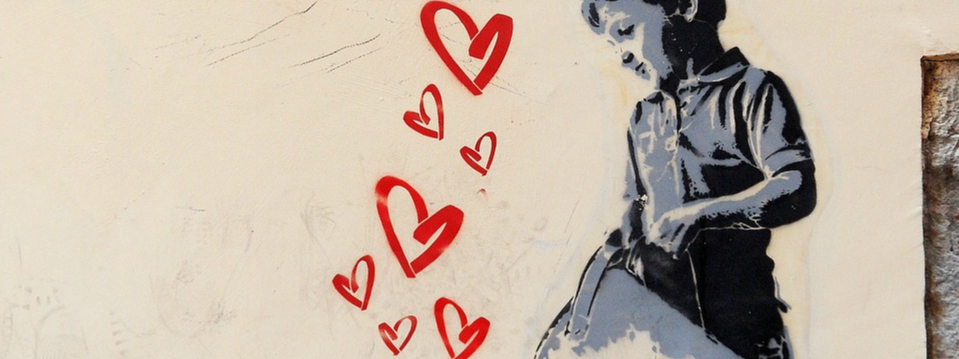Defining and Promoting Youth Well-Being — With Young People Leading the Way
By and reprinted from The Annie E. Casey Foundation
How do young people from different cultural backgrounds define their well-being? How is youth well-being tied to racial and ethnic identity? What does it take to improve well-being?
Youth & Young Adult Wellbeing, a new report funded by the Annie E. Casey Foundation, begins to answer these questions. The report — developed by Fresh Tracks, a youth-led initiative of the Aspen Institute’s Forum for Community Solutions — leveraged young people across the United States and Canada to define, collect and assess data on their well-being.
“Young people are the experts on what well-being and thriving look like in the context of their own lives and their own identities,” says Cynthia Weaver, a senior associate in Casey’s Evidence-Based Practice Group. “This project is developing new definitions, measures and tools about what it means to be well across cultures so those working to advance well-being for young people will have more relevant information about what they can do to make a difference — and understand what it means to succeed.”
Key Areas of Youth Well-Being
The project established three teams to help drive the research: American Indian/Alaska Native, Latine Bienstar (Bienestar meaning “wellness”) and Black Expressions of Wellbeing. Each team paired adult researchers and mentors with youth and young adults who identified with one of the three cultural affiliations. Team members defined seven key intersecting areas of well-being within their own culture and traditions:
- a healthy environment, including a connection to nature;
- cultural connections, such as being grounded in faith, spiritual practice and traditional cultural practices;
- financial stability, described as access to good health care and feeling free from the pressure to hustle for money;
- inclusion and safety with access to safe physical spaces;
- community self-efficacy, which requires the presence of a supportive community;
- healthy, caring relationships with family members, friends and mentors; and
- good mental health, which they described as experiencing happiness, healing and joy and having the ability to recognize and deal with emotions.
Recommendations on Promoting Youth Well-Being
The teams also produced recommendations for promoting well-being among youth and young adults within their same cultural group. These recommendations, which overlapped in some areas, differed slightly for each group:
- The Latine Bienestar team sought intergenerational conversations around wellness, policy changes that support financial stability, an investment in community spaces and more freedom of movement.
- The Black Expressions of Wellbeing team wanted more access to therapy and counseling services, policies and resources aimed at practicing wellness and stress reduction as well as an expanded focus on leveraging non-Western education and knowledge.
- The American Indian/Alaska Native team recommended using Indigenous culture as a framework for youth well-being, increased access to mentors and community when youth are away from home and more consideration of the role that family and community play in promoting youth well-being.
“The future of well-being coming out of this process is that we will be able to create policy that supports well-being for our communities and have the data to back it up,” Shaquana Boykin of the project’s Black Expressions of Wellbeing design team notes in the report. “We will be able to implement more specific programs that foster well-being.”
Next Steps in Improving Well-Being for Youth
Equipped with these findings, participants will now shift to phase two of the project. This phase includes identifying and generating a tool aimed at helping others assess and enhance youth well-being.
“Achieving well-being is critical for young people to thrive as adults,” notes Weaver. “The more we know about how to help our young people get to that state, the brighter our future will be.”
Learn more about Thrive by 25®
To access the post about this discussion, please click here.










